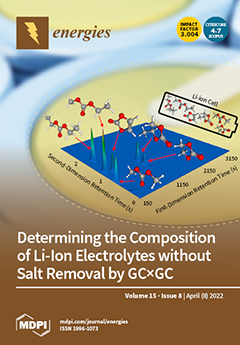There are rare comparative studies on the geological characteristics of shale in different members of Permian Fengcheng Formation in Mahu Sag, Junggar basin, China. In order to compare the mineral composition, physical properties, and geochemical characteristics of shale in three members of Fengcheng Formation in Mahu Sag, a large number of test data such as X-ray diffraction, high-pressure mercury injection, organic carbon, rock pyrolysis, and vitrinite reflectance were collected and analyzed. Results showed that the content of clay minerals in the shale of the third member of Fengcheng Formation (P
1f
3) is the highest. The content of carbonate minerals is the highest and the content of clay minerals is the lowest in the shale of the second member of Fengcheng Formation (P
1f
2). The content of felsic minerals is the highest and the content of carbonate minerals is the lowest in the shale of the first member of Fengcheng Formation (P
1f
1). The physical properties of the shale of P
1f
3 are the best, and the porosity of the shale of P
1f
2 is the smallest, but its permeability is relatively large, and the permeability of shale of P
1f
1 is the lowest. The organic matter abundance of shale of P
1f
2 is the highest, while that of P
1f
1 is relatively the lowest. Most of the organic matter types of shale of P
1f
3 are type I–II, those of P
1f
2 are mainly type II, and those of P
1f
1 section are distributed from type I–III. On the whole, the shale of Fengcheng Formation in the peripheral fault zone and slope area of Mahu Sag has reached the low mature to mature stage, and the shale in the central area of the sag has reached the mature stage. More than half of the shale samples of Fengcheng Formation belong to fair to good source rocks, especially the samples of P
1f
2. A few samples from P
1f
3 and P
1f
1 belong to non-source rocks. This study indicates that the shale of Fengcheng Formation in Mahu Sag has good hydrocarbon generation potential, especially the shale of P
1f
2, and can become the target of shale oil exploration.
Full article





